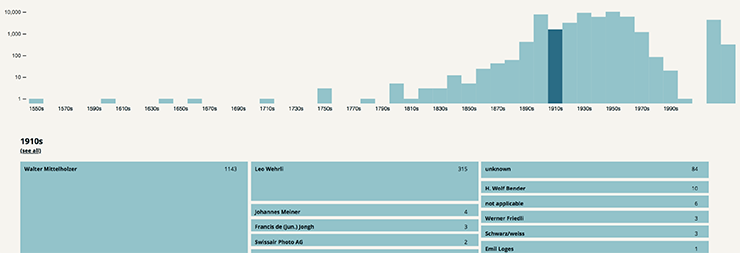In recent years, archives, museums and other cultural institutions have introduced several strategies to make their collections more accessible. The digitisation of extensive cultural collections and their release under open licenses are fostering the creation of cultural content aggregators, web platforms gathering several collections which support scholars, writers and artists in their research, dissemination and artistic activities. In comparison with digital archives, which show a single, curated collection, cultural content aggregators have a more complex information architecture consisting of several collections. Although cultural aggregators are adopting more performative technologies and rigorous sharing methods, their user interfaces have several usability issues. Thus, most of the available heritage is invisible to the end-user, like it is in a sort of a digital depot.
The thesis investigates classification systems and interface solutions that may foster the access and the use of digitised cultural objects on cultural content aggregators. The research has been conducted according to a research through design approach. The best practices for designing classification systems and interface solutions are based on an in-depth analysis of existing aggregators and the development of an interface prototype, which is validated by the primary stakeholders. The results show that facilitating the access and the use of cultural objects does not require only technological advancement, but also a shift in the way the cultural content aggregator is intended. It no longer has the mere function of a searchable database, but it is acquiring the role of a research and dissemination assistant. The thesis presents the results as design guidelines based on the OpenGLAM principles listed by the Open Knowledge Foundation and the European Community – a set of guidelines that aim to support the release of open contents. The design guidelines aim to provide designers with a tool which could support them in the whole design process, including the design of the information architecture and interface elements for using and sharing content.
-
Extras


